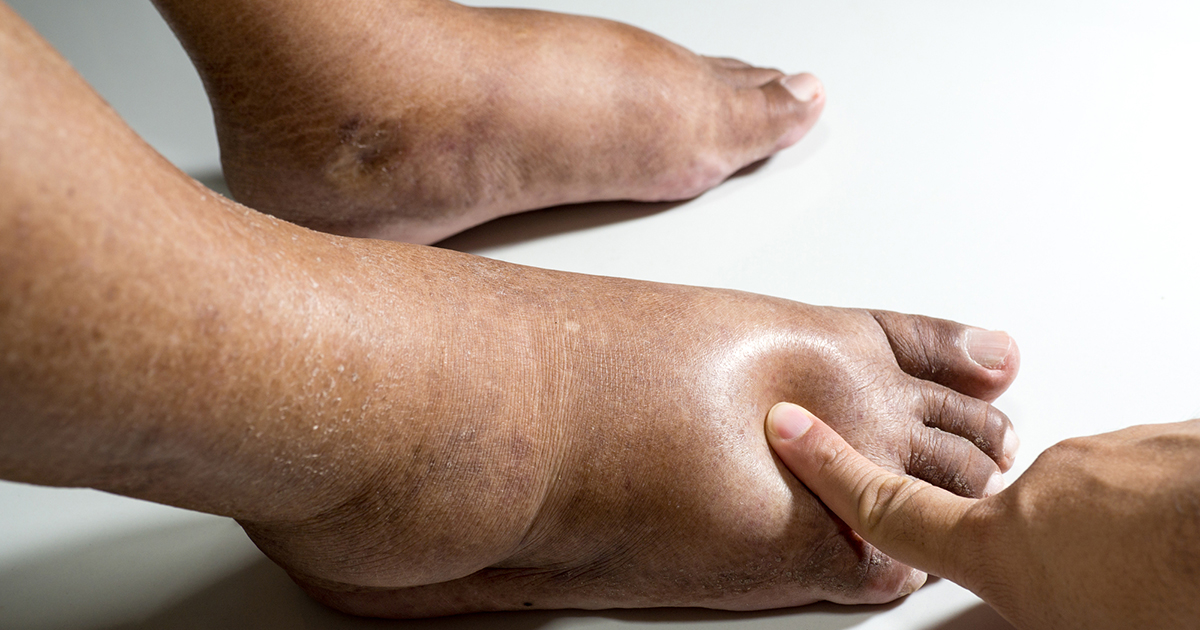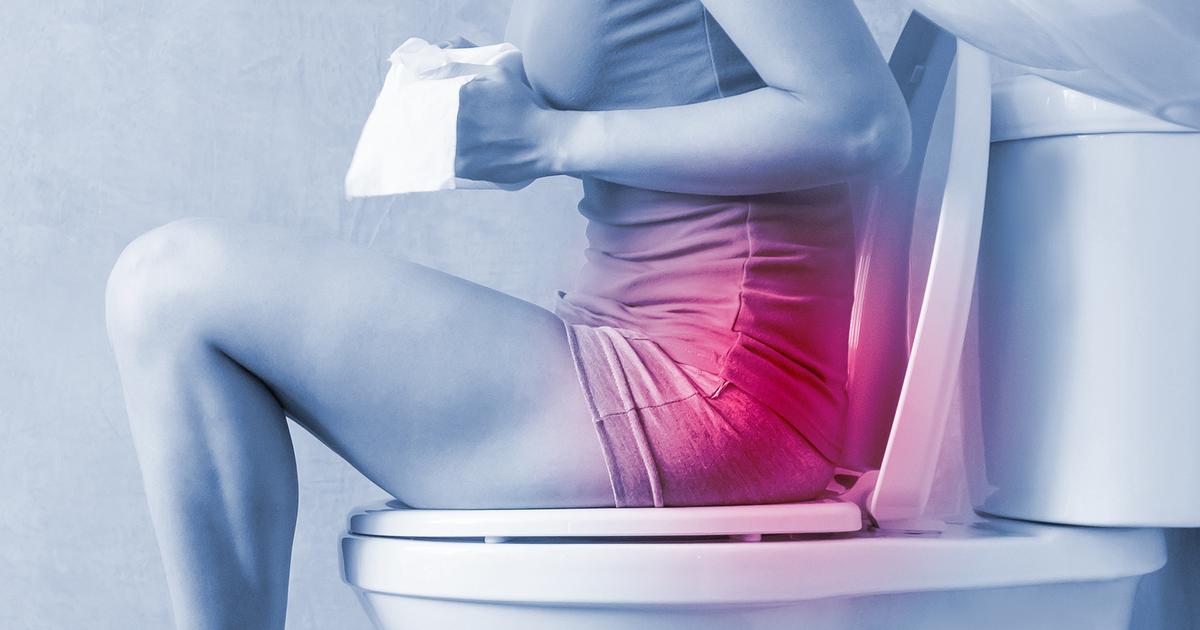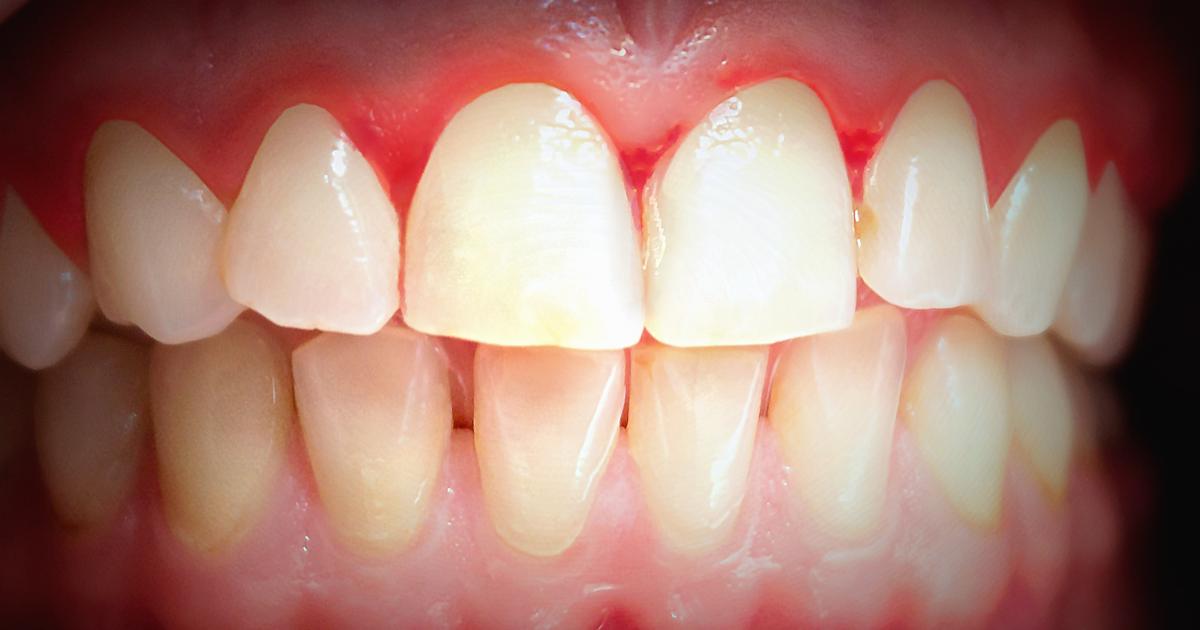Side Effects Of Calcium Channel Blockers
Calcium channel blockers are a type of medication utilized to treat individuals affected by numerous conditions, including chest pain, high blood pressure, coronary artery disease, irregular heartbeats, Raynaud's disease, and other circulatory conditions. This type of medication inhibits calcium molecules from moving into the blood vessel walls and cells of the heart to decrease blood pressure. Calcium channel blockers help expand and widen an individual's blood vessels through their actions on the muscular cells that make up the arterial walls. Calcium channel blockers are also effective at reducing an individual's heart rate, which helps decrease blood pressure, control irregular heart rhythms, and alleviate angina. Some of the most common calcium channel blockers include diltiazem, isradipine, nifedipine, verapamil, amlodipine, felodipine, nicardipine, and nisoldipine.
Calcium channel blockers have proven to be useful in most individuals, but like any other medication, they may produce unwanted side effects. Get familiar with these now.
Heart Palpitations

In rare cases, an individual being treated with calcium channel blockers may experience uncomfortable and abnormal heart palpitations. In situations of anxiety, stress, or during exercise, heart palpitations can be a normal occurrence. Some patients describe heart palpitations as a feeling of being stressed out, pounding in the chest, or fluttering in the chest. Some individuals may experience pain with their heart palpitations. Calcium channel blockers are medications that work by stopping the entry of calcium into the blood vessel walls and cells of the heart to help relax a patient's heart muscle. This mechanism lowers blood pressure and helps correct a patient's irregular heartbeat. An individual may experience heart palpitations or become abnormally aware of their heart beating when the calcium channel blockers induce vascular and blood pressure changes.
Uncover more side effects of calcium channel blockers now.
Drowsiness

Treatment with calcium channel blockers has been known to produce feelings of drowsiness in some patients. When an individual has high blood pressure and or an elevated heart rate, every system in the body is working at its peak, and all processes are moving faster than usual. Hormones that prompt the body to remove glucose from the blood and synthesize it into ATP or usable cellular energy are typically slightly elevated when the heart rate and blood pressure are high. When an affected individual takes calcium channel blockers, they experience an initial period of adjustment. The patient's cells experience a slow down in their processes and have to adjust to the new pace and metabolism of the body when it is under the influence of calcium channel blocking medication. This mechanism can cause an individual to feel sleepy, drowsy, or sluggish for several weeks upon beginning the medication. As the body adjusts to these changes, the side effect of drowsiness typically dissipates.
Keep reading to learn more about the side effects linked to calcium channel blockers now.
Lightheadedness And Dizziness

An individual being treated with calcium channel blockers may experience lightheadedness and dizziness. The blood vessels in an affected individual's body expand and relax when calcium is unable to enter the cells that make up their lining and the muscle tissue of the heart. The electrical signals that trigger the contractions of the heart muscle do not move as quickly without the help of calcium. Therefore, calcium channel blockers are effective at lowering blood pressure and heart rate. Because an affected individual's body is not used to lower blood pressure, the physiological effects of a blood pressure drop may be more apparent when adjusting to the effects of calcium channel blockers. Low blood pressure can cause a reduction in the supply of oxygenated blood to an individual's brain, which is known to produce symptoms of dizziness and lightheadedness. Dizziness and lightheadedness that occur as a side effect of calcium channel blockers may be persistent or may dissipate after the first several weeks of taking the medication.
Get more details on calcium channel blocker side effects now.
Leg And Feet Swelling

An individual may experience leg and feet swelling as a result of their long term treatment with calcium channel blockers. Leg and feet swelling in such circumstances can be attributed to fluid pooling in the limbs, otherwise known as peripheral edema. Peripheral edema occurs in patients who take calcium channel blockers because of the alterations the medication precipitates in their arterial pressure. Pressure in the small arteries and venous circulation must match one other to prevent the inappropriate settling of fluid in the interstitial compartments. However, the mechanism of calcium channel blockers is known to produce an imbalance between the arterial capillary pressure and venous circulation. This imbalance allows for fluids to diffuse out of the small capillaries and begin to accumulate in the affected individual's interstitial areas. Swelling in the legs and feet due to calcium channel blocker precipitated peripheral edema has no association with increased retention of water in the body.
Read more about the side effects associated with calcium channel blockers now.
Headaches

A patient being treated with calcium channel blockers may experience frequent headaches. Calcium channel blockers induce changes in an affected individual's blood vessels to produce their blood pressure lowering effects. The blood vessels in the body of a patient taking calcium channel blockers become dilated or expand in diameter, including those that supply the meninges. The meninges are a set of membranes that surround and protect the brain tissues. When the blood vessels in an individual's meninges become dilated, the nerves around them get stretched out. The stretched nerves relay signals to the individual's trigeminal system, the region of the brain that transmits signals of pain in the face and head. The trigeminal system also transmits impulses to the individual's hypothalamus, which is the part of the brain that regulates hunger, body temperature, and the release of certain hormones. The effects vasodilation has on different parts of the brain is what can cause a patient to experience headaches when taking calcium channel blockers.
Continue to reveal additional calcium channel blocker side effects now.
Constipation

Constipation is a relatively common side effect for patients who take calcium channel blockers. Doctors define constipation as having fewer than three stools per week, and patients with this symptom may notice their stools are hard and lumpy. It might feel as though there is a blockage in the rectum or like the stool cannot be completely emptied from the rectum. Patients might strain during bowel movements. To alleviate constipation, it can help to add high-fiber foods to the diet such as legumes, cereals, oatmeal, and fruits. Gentle physical activity, including walking and swimming, could help ease symptoms. If necessary, patients may wish to try a stool softener or a fiber supplement, and a doctor's appointment should be made if the patient has not had a bowel movement for more than three or four days.
Uncover information on more side effects of calcium channel blockers now.
Rash or Flushing

Taking calcium channel blockers could sometimes result in a rash or flushing, although this is fairly rare. Among patients taking a type of calcium channel blocker known as amlodipine, rashes or flushing occurred in only one to two percent of cases. Generally, the rash associated with a calcium channel blocker will be a maculopapular rash with both flat and raised areas and skin discoloration. Flushing is often mild, but it might appear like a sunburn in some individuals. Patients may want to take a photo of any rash or flushing to show to their doctor, and it can be helpful to photograph any changes. Most skin rashes related to calcium channel blockers will resolve on their own within a few days. However, some patients using this medication could develop a potentially serious skin condition known as erythema multiforme. This condition is considered an allergic reaction, and it involves raised, red lesions, painful blisters, and itchy nodules. This type of skin issue could progress to a skin infection and the potential death of skin tissue. To reduce the risk of these complications, patients who notice any changes to their skin while on this medicine should have a prompt examination.
Learn more about the potential side effects of calcium channel blockers now.
Increased Appetite

Increased appetite occurs frequently in patients who use this medication, and it may result in weight gain. Patients might notice they eat more than usual during mealtimes, and they might also start having snacks more often during the day. Some individuals could also eat substantially more at night. To reduce the risk of weight gain from increased appetite, it may help to avoid having sweets or other tempting foods in the house and to base meals around fruits, vegetables, legumes, and whole grains. Eating these nutrient-dense foods could help patients feel full for longer, and avoiding fast food and processed food is recommended. Patients might wish to keep a food diary, and monitoring weight regularly could help in making dietary adjustments. A nutritionist can help with healthy meal planning, and patients troubled by appetite changes should speak to their doctor about switching to another medication.
Keep reading to understand more side effects linked to taking calcium channel blockers now.
Tender Or Bleeding Gums

Rarely, patients could notice tender or bleeding gums while on calcium channel blockers. Some forms of this medication cause pseudo pockets to develop along the gumline, and patients might also experience gum swelling. Patients may notice bleeding or pain after brushing and flossing, and dentists recommend an exam with a gum specialist before deciding to take calcium channel blockers. Patients who have poor gum health may need to have professional teeth cleanings as often as every three months, and they might also need to attend regular visits with dentists and gum specialists during their treatment with calcium channel blockers. To minimize gum bleeding and tenderness, it could be helpful to use a toothbrush with soft bristles, and patients should be instructed in proper brushing techniques. Dentists may recommend that patients at risk of gum disease use a prescription toothpaste or mouthwash designed to promote gum health. Patients should visit their dentist promptly if they notice any changes to their gums.
Discover additional calcium channel blocker side effects now.
Nausea

Nausea occurs when an individual feels sick to their stomach and has the urge to vomit. Nausea might or might not be accompanied by vomiting. Since nausea could be a sign of an underlying medical condition, patients with this symptom should mention it to their physician. Most cases of nausea resolve on their own within a few hours to a few days. Patients, including those taking calcium channel blockers, can treat this symptom at home by eating a bland diet and avoiding highly seasoned foods. Drinking ginger or chamomile tea might be soothing, and some patients find relief through getting fresh air. It can be helpful to avoid strong odors, including heavy perfumes. Patients might want to keep a food diary to see if any particular foods exacerbate their nausea. If nausea occurs in conjunction with diarrhea or does not go away in a few days, a doctor's appointment is needed. Emergency medical care should be sought for nausea accompanied by chest pain, shortness of breath, abdominal pain, or visible signs of dehydration such as dry lips, a dry mouth, rapid breathing, and sunken eyes.
